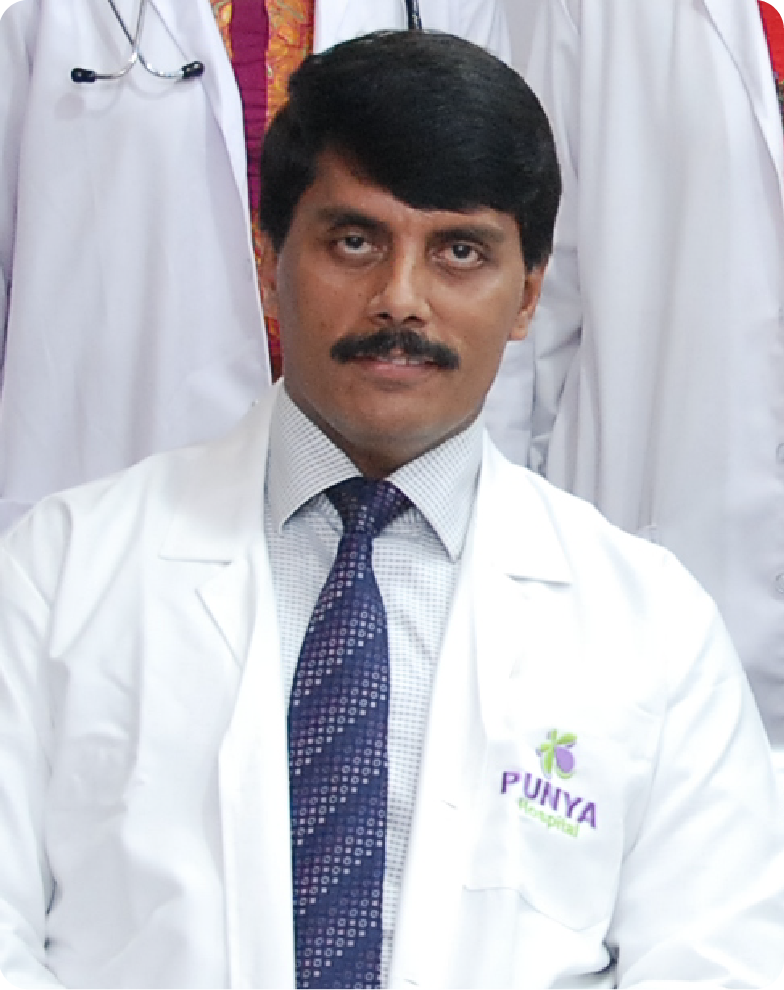Lap Ventral Hernias
Lap Ventral Hernias
The bulging of intestines through small openings of weaker portions in the abdominal muscles is known as ventral hernias. The hernias that occur near the umbilicus is known as Umbilical Hernia, the hernia that occur commonly in men and women and that occur between breast bone and the naval is known as Epigastric Hernia, the hernia caused by incompletely healing of srugical wound is known as Incisional Hernia and the bulging of intestine and other organs through diaphragm is known as Hiatal Hernia.
Hernias are classified into different groups like acquired and congenital, reducible and non reducible, life threatening and non-life threatening etc.
Symptoms
Common symptoms of many types of hernias referred above is a small lump usually seen while coughing or doing some activities which involves physical strain. In later stages the lump becomes permanent and is seen even while resting. Hernias are usually removed through laparoscopic surgery.
Laparoscopic procedure
Laparoscopic procedure is generally performed under general anesthesia. In this procedure three or four small incisions are made in the abdomen. Through one of these incisions a cannula is entered to the vein which is guided through it until it reaches the area where the surgery is to be performed. Now through this cannula a laparascope is pushed until it reaches the site of the surgery. Laparoscope is a special instrument in which a camera with a light source is attached to one end of a flexible long tube. This camera takes videos of the surgery being performed and the organs involved in the surgery. These videos are transmitted to a monitor placed in front of the surgeon where he can view an enlarged copy of the video taken by the laparascope. By seeing these videos and remotely controlling the special instruments inserted through other small ports, the surgeon carries out the surgery.
The surgeon pushes back the protruding intestine and other body parts to its original position and to prevent them from falling back, he secures it with the help of synthetic mesh. This mesh is stapled and made permanent attached to its new position. After completing these procedures the surgeon takes out the instruments through the incisions through which the instruments were inserted.
Peculiarities of surgical procedures.
- As the incisions are smaller, there will be less pain in the surgery and the blood loss will also be lesser. This will help the healing process and recovery process. No blood transfusion will be necessary in many cases.
- This procedure is not suitable for obese persons and high blood pressure candidates.
- This procedure will not be suitable for patients who had earlier undergone surgery in the area where the present surgery is going to be performed. 4) Laparoscopic hernia repairs are very safe and there are no complications and no injury will be caused to any internal organs.
OUR TEAM

Dr. Nagaraj B Puttaswamy
Senior Consultant - Laparoscopic Surgeon Bariatric Surgeon and Surgical Gastroenterologist


